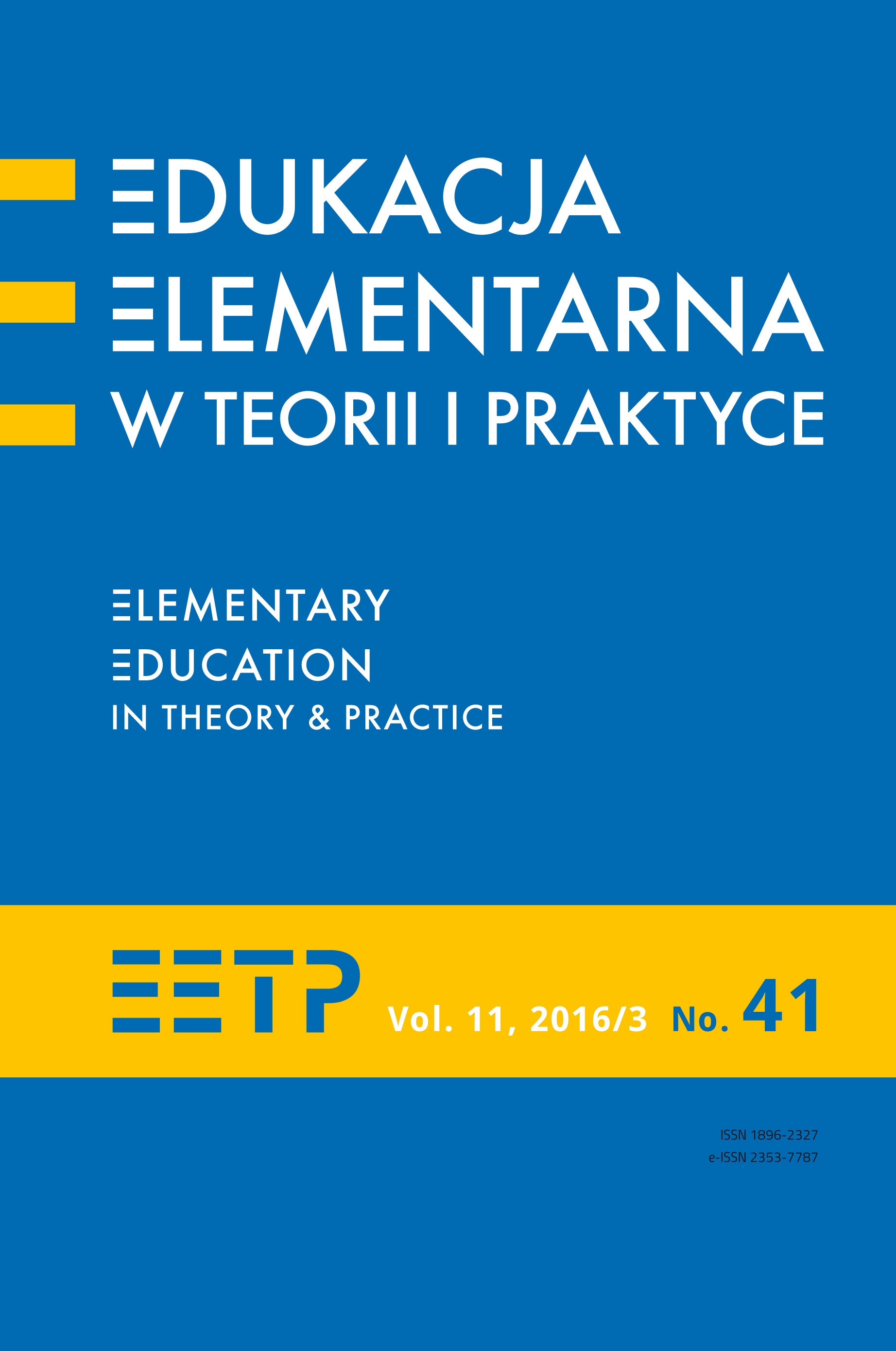Różnorodność rysunków dziecięcych
The Diversity of Children’s Drawings
Author(s): Maria Braun-GałkowskaSubject(s): Social Sciences, Education, Psychology
Published by: Uniwersytet Ignatianum w Krakowie
Keywords: child’s drawing; drawing development; projective methods; family research; symbols in the drawing
Summary/Abstract: For an educator or a researcher, children’s drawings are an invaluable source of knowledge about them – their thinking, emotions and family situation. Children’s drawings vary depending on age, their level of development, emotions and desires, and family relations, and through these differences one can learn a lot and hence be able to help them more effectively. Especially significant is the presentation of the human form, which varies at different stages of development (scribbles, cephalopods, diagrams, realism), and also depends on the internal experiences of the children and their family situation. Because of these differences in expression, the interpretation of a drawing allows to learn wherever the level of performance is adequate for the child’s age, and also to get to know his or her emotional sphere. The aim of the article is to present the diversity of children’s drawings. It is based on both the relevant academic literature and the author’s own studies and is supplemented by examples of drawings drawn from the collection of the author. Interpretation of the drawings is difficult because it requires using indicators coming from the comparisons of the drawings of the various groups and is based on a mechanism of the projection and on symbols. It is a completely different approach than in questionnaires and polls based on self-description.
Journal: Edukacja Elementarna w Teorii i Praktyce
- Issue Year: 11/2016
- Issue No: 3 (41)
- Page Range: 41-65
- Page Count: 25
- Language: Polish

